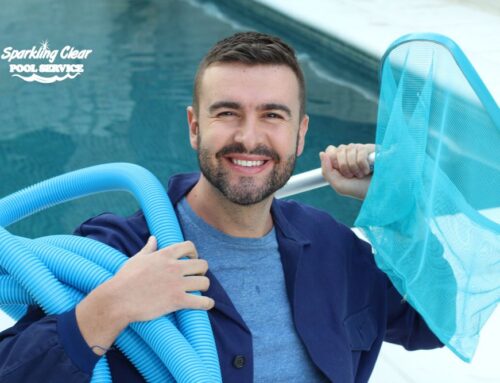Swimming pools are significant assets. They allow you to relax after a long day and spend time with loved ones. Pool maintenance is essential as well. Your pool’s pH and alkalinity are important variables that help keep it usable. Your pool’s pH levels define the water’s acidity. The alkalinity helps control the pH levels to prevent corrosion from forming inside the pool. Alkalinity and pH levels are essential because pool water is mixed with chemicals to kill bacteria and ensure the pool is clean and safe. Here’s some insight on how to raise pH and alkalinity in the pool.
Pool pH
pH measures the hydrogen levels contained in a liquid. Low pH levels are acidic, while high pH levels are alkaline. Pure water falls typically in the middle of a pH scale. Alkalinity helps raise a pool’s pH levels. Your pool is generally unsafe when the pH levels are too high or too low. When your pool has high pH levels, calcium mixes with different carbonates. The mixture creates a cloudy substance, which is a clear sign that you should stop swimming in the pool.
Potential Dangers
Swimming in a pool where the pH balance is off damages your skin. Your eyes may have a burning sensation, and your skin may become dry. The high acid level in the water strips your skin of essential oils and nutrients. Low pH causes corrosion, which damages different aspects of the pool, including railings, screws, and your pump. Your pool is also exposed to more germs.
Low Alkalinity
A pool’s alkalinity measures its ability to fight off acid and stay balanced. You must measure your pool’s alkalinity closely before adding any germ-fighting chemicals. Low alkalinity levels may not cause noticeable changes like acid, but they will damage the pool surface. Low alkalinity levels make it difficult to sanitize your pool. You will eventually notice the spread of different bacteria and microorganisms.
Water in your pool evaporates during warm summers. This causes the total alkalinity to fall below ideal levels if left untreated. Using chemicals with low pH also damages your alkalinity levels. Other common causes include heavy rainwater mixing in the pool and backwashing.
What If There Are pH and Alkalinity Issues at the Same Time?
The pH and alkalinity levels may be higher than ideal in your pool. You may need a decrease. Add a small alkalinity increaser if you want a solution to raise pH and alkalinity in the pool. The pool pH level should rise eventually as well. You must add alkalinity first because it will naturally improve the pH levels. Be advised that there are some cases where adding alkaline doesn’t boost your pH levels. You may need to contact a professional to aerate the water over a few days.
Reliable Pool Maintenance Services for a Sparkling and Safe Pool
Don’t hesitate to contact Sparkling Clear Pool Service for all your swimming pool maintenance needs. Our dedicated team is here to provide exceptional cleaning services and ensure your pool stays pristine and safe. Trust in our expertise and high-quality solutions for a sparkling pool all year round. Contact us today for reliable and professional assistance.






